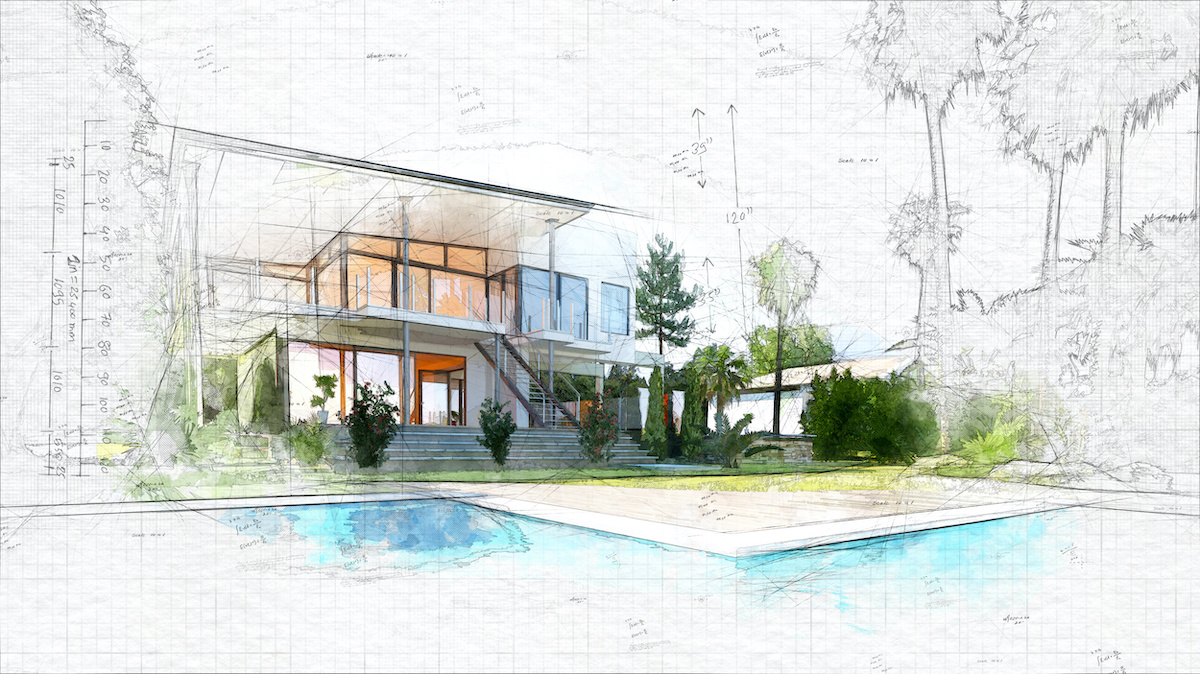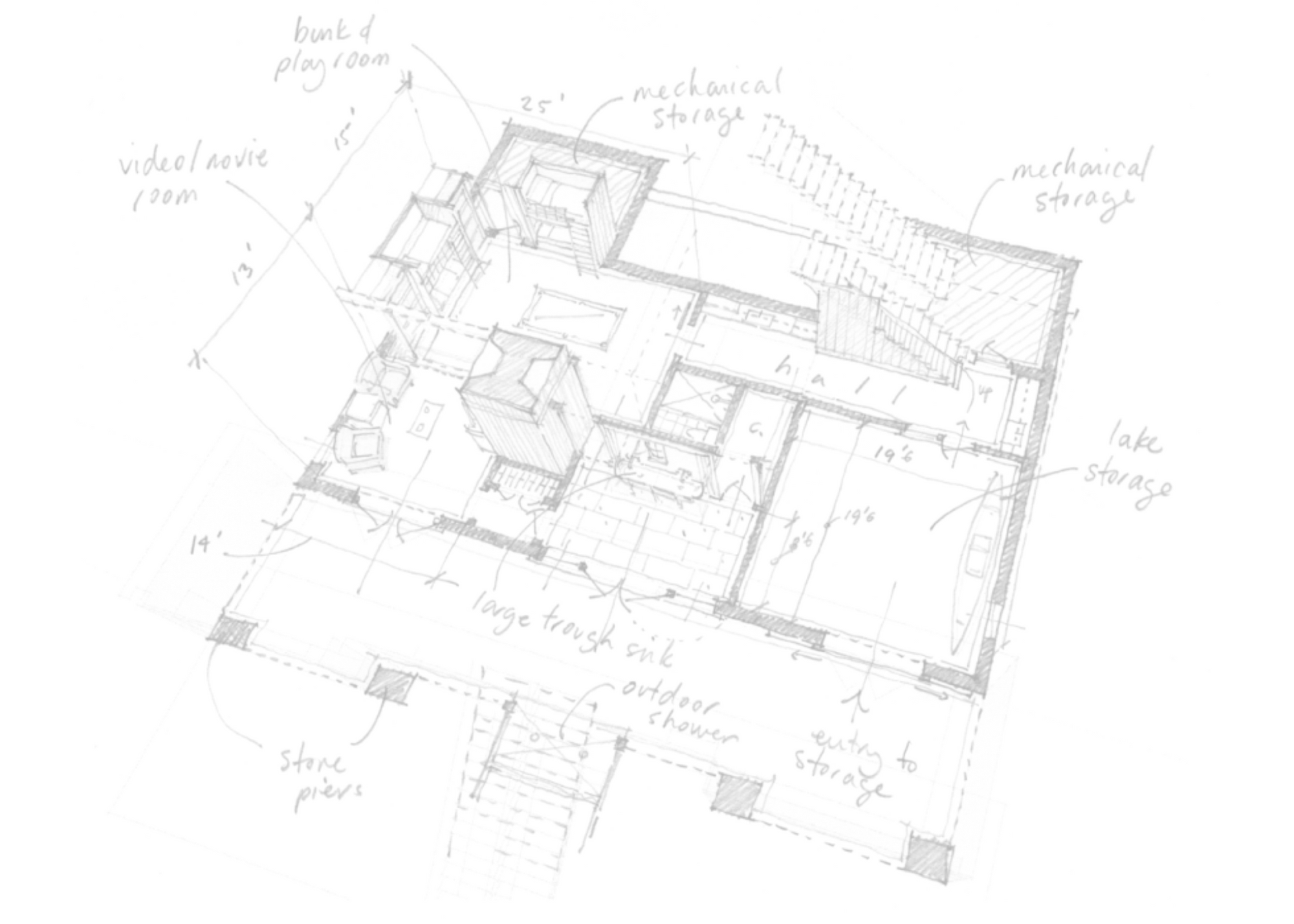Explore Prize-winning Tasks by Prominent CDA Architects
Wiki Article
An Extensive Summary of Architectural Styles and Their Impact on Modern City Planning and Advancement
Architectural designs have actually long served as a mirror to the societal worths and technological improvements of their time, playing an important role in forming contemporary city preparation and advancement. From the grandeur of Neoclassicism to the practical approach of Brutalism, each design has presented distinct principles that influence city appearances and performance.Historical Overview of Building Designs
Throughout history, building designs have advanced in reaction to cultural, technical, and environmental aspects. Each period shows the dominating values, ideas, and developments of its time, leading to a rich tapestry of layout that represents human creative thinking and adaptation. The ancient human beings, such as the Egyptians and Greeks, established fundamental styles that highlighted proportion and percentage, serving both practical and visual objectives.As societies transitioned via the Middle Ages, Gothic design arised, identified by its verticality and intricate outlining, matching the spiritual desires of the era. The Renaissance marked a rebirth of classic suitables, combining art and style in cutting-edge means that affected succeeding designs throughout Europe.
The Industrial Revolution introduced new materials and building and construction techniques, triggering motions like Innovation, which tested typical forms and embraced simplicity and functionality. The 20th century saw a diversification of designs, with Postmodernism responding versus the plain minimalism of its precursor, integrating historic recommendations and diverse aspects.
Today, building styles remain to evolve, driven by globalization and sustainability worries, mirroring a vibrant interplay in between heritage and development. This historic overview highlights the relevance of design as a mirror of societal development and as a catalyst for urban development.
Trick Architectural Styles Explained
The diversity of architectural styles reflects the myriad impacts that form our developed atmosphere, each embodying distinct attributes and social significances. Trick building styles include Timeless, Gothic, Baroque, Innovation, and Postmodernism, each standing for special historical contexts and aesthetic ideologies.Classic architecture, rooted in old Greece and Rome, highlights balance, proportion, and using columns. On the other hand, Gothic style, thriving in the Center Ages, is defined by sharp arches, ribbed safes, and flying buttresses, producing an aerial quality in sanctuaries. Baroque architecture, emerging in the 17th century, is noted by magnificence, elaborate embellishment, and a dynamic interaction of light and darkness.

Understanding these designs gives understanding right into the cultural stories and technological advancements of their corresponding periods, highlighting just how style serves not simply as a shelter, yet as a representation of societal values and aspirations.
Influence On Urban Preparation
In forming the growth of cities, building designs substantially affect city preparation choices. The option of architectural style usually dictates the aesthetic appeals, functionality, and general character of urban atmospheres.Additionally, architectural styles can impact zoning guidelines and land utilize policies. Urban organizers should consider the dominating architectural trends when designing areas, guaranteeing that new developments balance with existing structures. This factor to consider fosters cohesive city landscapes and boosts community identification.
The application of certain building styles can also influence socioeconomic aspects within a city. As an example, high-end contemporary this link layouts might bring in affluent Recommended Reading residents and services, bring about gentrification, while more affordable housing services might prioritize practical and sustainable designs to accommodate varied populations. Eventually, the interplay in between architectural styles and urban preparation develops vibrant cities that show both historical context and contemporary needs, forming the lived experiences of their citizens.
Sustainability and Modern Style
Building styles play a pivotal role in dealing with contemporary challenges, specifically in the world of sustainability. As metropolitan areas increase and ecological worries heighten, modern style significantly accepts sustainable layout concepts that prioritize power effectiveness, resource conservation, and minimal eco-friendly effect.Contemporary architectural activities, such as biophilic design and environment-friendly design, advocate for frameworks that harmonize with their surroundings, making use of natural materials and advertising biodiversity - cda architects. These styles usually integrate renewable power sources, such as solar panels and wind turbines, to minimize reliance on fossil gas and lower carbon impacts
Moreover, the assimilation of advanced modern technologies, such as smart structure systems, enhances energy monitoring, enhancing source usage while making sure resident comfort. Innovative water monitoring techniques, consisting of rainwater harvesting and greywater recycling, additional add to sustainable metropolitan settings.
Notably, sustainability expands past environmental issues; it encompasses social and economic measurements as well. By cultivating neighborhood wellness and promoting inclusivity, contemporary building styles line up with lasting growth goals. Consequently, the development of building techniques continues to shape durable cities that not just fulfill the needs of the present but likewise secure the future for generations ahead.
Community Engagement in Design
Community interaction in style works as a critical bridge in between engineers and the populaces they offer, making certain that the constructed setting mirrors the demands and desires of its individuals. This collective procedure invites community participants to add their understandings and choices, promoting a sense of ownership and responsibility towards the rooms they populate.Reliable neighborhood engagement employs numerous techniques, such as workshops, surveys, and public forums, my latest blog post to collect varied point of views (cda architects). These methods facilitate a two-way discussion, enabling architects to recognize local contexts while empowering homeowners to articulate their issues and needs. This inclusivity not just enhances the layout high quality but additionally promotes social equity by addressing the distinct obstacles dealt with by marginalized teams

Conclusion
Architectural styles have actually profoundly affected modern-day city preparation and development, mirroring evolving cultural and technical contexts. The integration of historical looks with contemporary demands cultivates metropolitan environments that focus on sustainability and community involvement. As cities continue to expand and adapt, the continuous discussion in between building heritage and contemporary style concepts will remain necessary in developing comprehensive, lively spaces that boost lifestyle and advertise social equity. The future of metropolitan development rest on this unified equilibrium.Report this wiki page